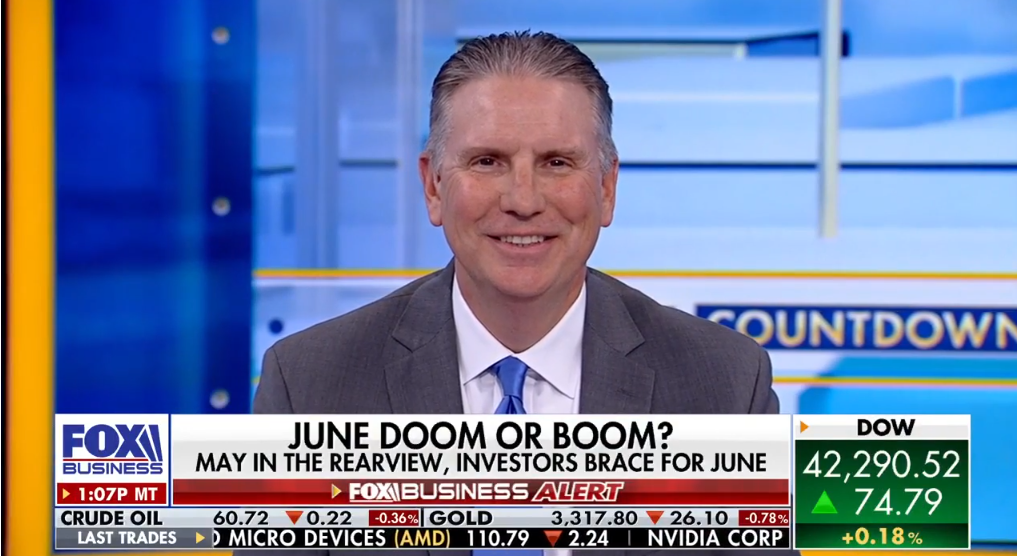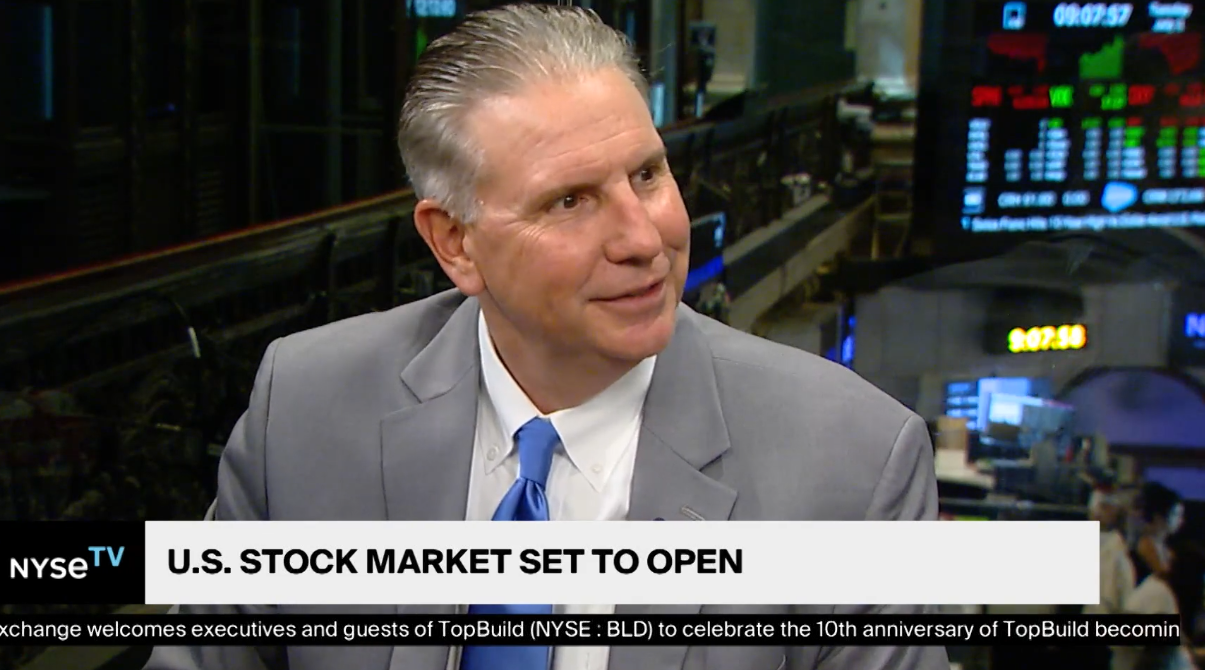
Investors have a lot To Be Thankful for in 2017
Market Overview
Sources: Sources for data in tables: Equity Market and Fixed Income returns are from JP Morgan as of 11/17/17. Rates and Economic Calendar Data from Bloomberg as of 11/20/17. International developed markets measured by the MSCI EAFE Index, emerging markets measured by the MSCI EM Index. Sector performance is measured using GICS methodology.
Happening Now
The S&P 500 index is up an impressive 17% this year. Internationally, developed markets are up 21% and emerging markets are up a whopping 35%! Even the bond market has investors “giving thanks” for the 5% return generated by corporate debt so far this year and the 7% they’ve received in the high yield debt sector.
After months of gorging on these terrific returns, it appears that some equity investors may have temporarily stepped away from the table as markets finished last week with mixed results. Investors had to consume updates from congress on tax reform as well as a full serving of earnings and economic data releases. The S&P 500 fell 0.1%, the Russell Midcap index gained 0.8%, and the Russell 2000 index gained 1.2%. This is the second consecutive week of losses for U.S. Large Cap stocks, but as we discussed last week, the level of decline is incredibly low by historical standards. On the international front, developed markets fell 0.6% while emerging markets gained 0.7%.
Investors had a good deal to digest last week and an analysis of the S&P 500’s daily return shows that market making headlines are driving stock market performance. Consider that on Wednesday markets fell 0.6% on news of dissention within the GOP over tax reform. This loss represented the largest daily decline in over two months. However, on Thursday when House Republicans passed their initial tax reform package, markets snapped back with a gain of 0.8% – the largest daily increase in over two months. While there were other factors influencing stock prices last week such as earnings and inflation data, both of which came in strong, the market’s dependency on the passage of tax reform legislation is evident. The question is not whether the market will move on the success or failure of tax reform, rather the question is how much the market will move.
If all else is held equal and congress is able to pass corporate tax reform by lowering rates from 35% to 20% and allowing companies to repatriate overseas cash, corporate earnings will undoubtedly receive some form of a boost. What still remains uncertain, however, is the timing of the passage of the bill as well as the timing of when corporate tax cuts are actually implemented. For example, under certain proposals, even if congress is able to pass a bill by Christmas, corporations may not pay lower rates until 2019. All of this uncertainty has the negative effect of causing investors to over-estimate the actual impact tax reform will have. By and large, a corporate tax cut will provide an initial boost to stock prices but the jury is still out in terms of their longer term economic benefit. After all, the health of the economy is what drives corporate profits and, in-turn, stock prices. So, while we are encouraged that a more competitive U.S. business environment will help the economy, we are more optimistic that an already healthy economy will continue to be supportive of stock prices. Any additional benefit from tax reform therefore should be viewed as icing on the proverbial cake. Subsequently, should tax reform fail to get passed the decline in stock prices should likely be mild and short-term as sellers are met with buyers looking to take cash off the sidelines and purchase equities at a more attractive entry point.
As long as the synchronized global economic expansion remains in place, we remain bullish on the continuation of the secular bull market. According to FactSet, companies are forecasted to grow earnings by over 10% during the first half of 2018. In light of already stretched valuations, it is likely that additional gains in the market will rely on this growth. It is also possible that strong earnings will allow valuations to come down, enticing others to come off the sidelines, and creating additional demand for equities. This is good news for those investors that continue to allocate to the stock market but the rationale described above assumes inflation remains low and growth remains steady. If inflation surprises to the upside, central banks may be inclined to raise interest rates at a quicker paced which may, in turn, suffocate economic growth and weigh on stock markets. In our opinion, investors need to stand ready to make tactical adjustments and have an appreciation for their portfolio’s exposure to various market risks.
Happy Thanksgiving!
Important Information and Disclaimers
Disclosures: Hennion & Walsh is the sponsor of SmartTrust® Unit Investment Trusts (UITs). For more information on SmartTrust® UITs, please visit www.smarttrustuit.com. The overview above is for informational purposes and is not an offer to sell or a solicitation of an offer to buy any SmartTrust® UITs. Investors should consider the Trust’s investment objective, risks, charges and expenses carefully before investing. The prospectus contains this and other information relevant to an investment in the Trust and investors should read the prospectus carefully before they invest.
Investing in foreign securities presents certain risks not associated with domestic investments, such as currency fluctuation, political and economic instability, and different accounting standards. This may result in greater share price volatility. These risks are heightened in emerging markets.
There are special risks associated with an investment in real estate, including credit risk, interest rate fluctuations and the impact of varied economic conditions. Distributions from REIT investments are taxed at the owner’s tax bracket.
The prices of small company and mid cap stocks are generally more volatile than large company stocks. They often involve higher risks because smaller companies may lack the management expertise, financial resources, product diversification and competitive strengths to endure adverse economic conditions.
Investing in commodities is not suitable for all investors. Exposure to the commodities markets may subject an investment to greater share price volatility than an investment in traditional equity or debt securities. Investments in commodities may be affected by changes in overall market movements, commodity index volatility, changes in interest rates or factors affecting a particular industry or commodity.
Products that invest in commodities may employ more complex strategies which may expose investors to additional risks.
Investing in fixed income securities involves certain risks such as market risk if sold prior to maturity and credit risk especially if investing in high yield bonds, which have lower ratings and are subject to greater volatility. All fixed income investments may be worth less than original cost upon redemption or maturity. Bond Prices fluctuate inversely to changes in interest rates. Therefore, a general rise in interest rates can result in the decline of the value of your investment.
Definitions
MSCI- EAFE: The Morgan Stanley Capital International Europe, Australasia and Far East Index, a free float-adjusted market capitalization index that is designed to measure developed-market equity performance, excluding the United States and Canada.
MSCI-Emerging Markets: The Morgan Stanley Capital International Emerging Market Index, is a free float-adjusted market capitalization index that is designed to measure the performance of global emerging markets of about 25 emerging economies.
Russell 3000: The Russell 3000 measures the performance of the 3000 largest US companies based on total market capitalization and represents about 98% of the investible US Equity market.
ML BOFA US Corp Mstr [Merill Lynch US Corporate Master]: The Merrill Lynch Corporate Master Market Index is a statistical composite tracking the performance of the entire US corporate bond market over time.
ML Muni Master [Merill Lynch US Corporate Master]: The Merrill Lynch Municipal Bond Master Index is a broad measure of the municipal fixed income market.
Investors cannot directly purchase any index.
LIBOR, London Interbank Offered Rate, is the rate of interest at which banks offer to lend money to one another in the wholesale money markets in London.
The Dow Jones Industrial Average is an unweighted index of 30 “blue-chip” industrial U.S. stocks.
The S&P Midcap 400 Index is a capitalization-weighted index measuring the performance of the mid-range sector of the U.S. stock market, and represents approximately 7% of the total market value of U.S. equities. Companies in the Index fall between S&P 500 Index and the S&P SmallCap 600 Index in size: between $1-4 billion.
DJ Equity REIT Index represents all publicly traded real estate investment trusts in the Dow Jones U.S. stock universe classified as Equity REITs according to the S&P Dow Jones Indices REIT Industry Classification Hierarchy. These companies are REITSs that primarily own and operate income-producing real estate.




